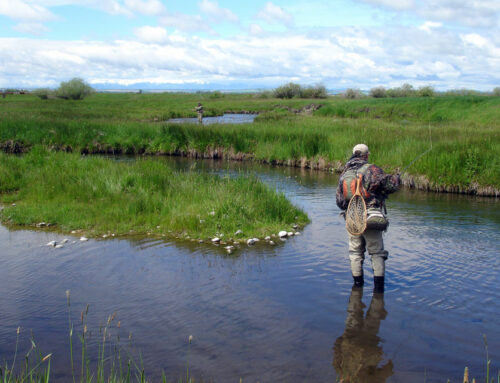Bamboo fly rods hold a special place in the history and tradition of fly fishing. They represent craftsmanship, patience, and a connection to the past. Many of us remember the graceful casting scenes from A River Runs Through It, where the rhythm of the rod was as meaningful as the catch. A bamboo rod isn’t mass produced, and that’s part of what makes it valuable—both financially and sentimentally. It holds its worth over time and gains character as it ages.
A well-made bamboo rod is also a joy to cast. Light and responsive, it delivers the line with precision and authority. It feels different—and it fishes differently too.
At Proof Fly Fishing I’ve been building and teaching others to build and restore bamboo fly rods for just over 20 years. What keeps me committed is the same thing that drew me in: the values embedded in the rod itself. While there are many mass-produced bamboo rods on the market today, they simply don’t compare to one that’s built with care and attention to detail.

It all starts with a very specific material: Tonkin bamboo, prized for its high density of power fibers. These fibers give the rod its strength, its flex, and its ability to load and cast cleanly. Turning a raw culm of bamboo into a finished rod blank is a detailed, hands-on process. If you were to take a full build class, you’d spend 8–10 hours a day at the bench for a week, shaping and planing each strip of bamboo by hand.
There’s also the visual appeal: nickel silver ferrules, snake guides, agate stripping guides, and silk wraps. The final product is simple, timeless, and free of branding—just a clean signature from the maker or owner. When all of these elements come together, you end up with a rod that performs beautifully and can be enjoyed for generations.
In the class I’m offering this October, we’ll begin with a U.S.-made bamboo blank. The error prone work—cutting the taper and fitting the ferrules—has already been done. There are no glue lines, no misaligned sections. What remains is for you to bring it to life. Over the course of a few days, you’ll wrap, assemble, and finish the rod yourself. At the end, you’ll leave with a high-quality bamboo fly rod—and the experience of having made it your own. Tight lines, and I hope to see you in October.
—Matt Draft
Proof Fly Fishing









